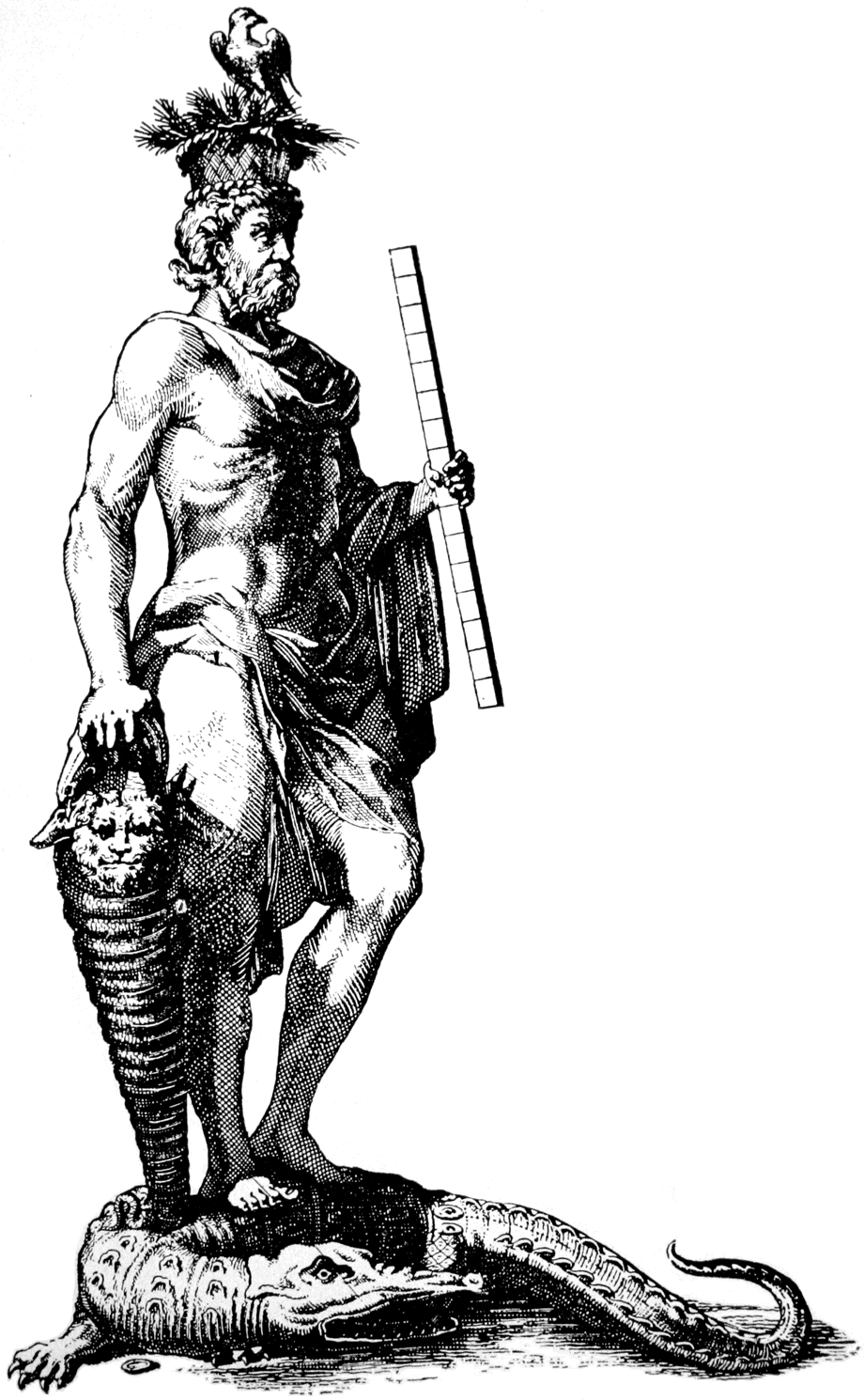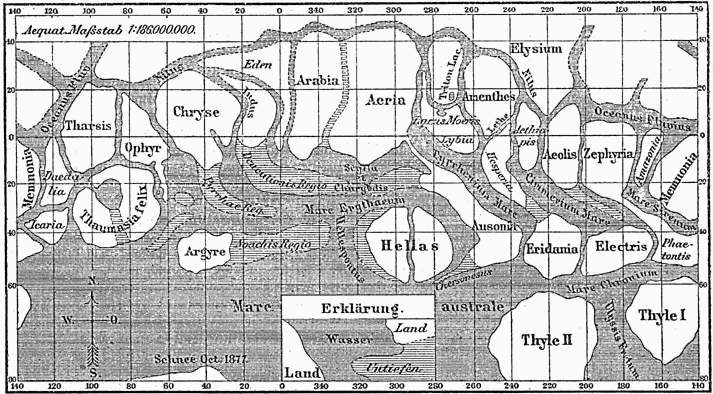|
Agathodaemon (other)
An agathodaemon or agathodaimon was a spirit of vineyards and grainfields in the religion of the ancient Greeks. Agathodaemon or Agathodaimon may also refer to *Set (deity), the Egyptian god *The Canopic Branch of the Nile Delta, called the Agathodaemon or Agathodaimon in Ptolemy's ''Geography'' *Agathodaemon (alchemist), the 3rd-century Egyptian alchemist * Agathodaemon of Alexandria, an Egyptian cartographer of uncertain date connected with Ptolemy's ''Geography'' **Agathodaemon, a Martian canal named for the cartographer *Agathodaemon (grammarian), the 5th-century Egyptian grammarian *Agathodaimon (band), a German band playing death metal * Agathos Daimon (boxer), who died in ancient Olympia aged 35 having promised Zeus victory or death. *Valles Marineris Valles Marineris (; Latin for ''Mariner program, Mariner Valleys'', named after the ''Mariner 9'' Mars orbiter of 1971–72 which discovered it) is a system of canyons that runs along the Mars, Martian surface east of the Thar ... [...More Info...] [...Related Items...] OR: [Wikipedia] [Google] [Baidu] |
Agathodaemon
An agathodaemon ( grc, ἀγαθοδαίμων, ) or agathos daemon (, , ) was a spirit (''daemon'') of ancient Greek religion. They were personal or supernatural companion spirits, comparable to the Roman '' genii'', who ensured good luck, fertility, health, protection and wisdom. During the classical period Though little noted in Greek mythology (Pausanias conjectured that the name was merely an epithet of Zeus), he was prominent in Greek folk religion; it was customary to drink or pour out a few drops of unmixed wine to honor him in every symposium or formal banquet. In Aristophanes' ''Peace'', when War has trapped Peace (Εἰρήνη '' Eirene'') in a deep pit, Hermes comes to give aid: "Now, oh Greeks! is the moment when, freed of quarrels and fighting, we should rescue sweet ''Eirene'' and draw her out of this pit... This is the moment to drain a cup in honor of the ''Agathos Daimon''." A temple dedicated to them was situated on the road from Megalopolis to Maenalus in ... [...More Info...] [...Related Items...] OR: [Wikipedia] [Google] [Baidu] |
Set (deity)
Set (; Egyptological: ''Sutekh - swtẖ ~ stẖ'' or Greek: Seth ) is a god of deserts, storms, disorder, violence, and foreigners in ancient Egyptian religion. In Ancient Greek, the god's name is given as ''Sēth'' (Σήθ). Set had a positive role where he accompanies Ra on his barque to repel Apep, the serpent of Chaos. Set had a vital role as a reconciled combatant. He was lord of the Red Land, where he was the balance to Horus' role as lord of the Black Land. In the Osiris myth, the most important Egyptian myth, Set is portrayed as the usurper who killed and mutilated his own brother, Osiris. Osiris's sister-wife, Isis, reassembled his corpse and resurrected her dead brother-husband with the help of the goddess Nephthys. The resurrection lasted long enough to conceive his son and heir, Horus. Horus sought revenge upon Set and many of the ancient Egyptian myths describe their conflicts. In ancient Egyptian astronomy, Set was commonly associated with the planet Mercury ... [...More Info...] [...Related Items...] OR: [Wikipedia] [Google] [Baidu] |
Canopic Branch
The Nile Delta ( ar, دلتا النيل, or simply , is the delta formed in Lower Egypt where the Nile River spreads out and drains into the Mediterranean Sea. It is one of the world's largest river deltas—from Alexandria in the west to Port Said in the east, it covers of Mediterranean coastline and is a rich agricultural region. From north to south the delta is approximately in length. The Delta begins slightly down-river from Cairo. Geography From north to south, the delta is approximately in length. From west to east, it covers some of coastline. The delta is sometimes divided into sections, with the Nile dividing into two main distributaries, the Damietta and the Rosetta, flowing into the Mediterranean at port cities with the same name. In the past, the delta had several distributaries, but these have been lost due to flood control, silting and changing relief. One such defunct distributary is Wadi Tumilat. The Suez Canal is east of the delta and enters the ... [...More Info...] [...Related Items...] OR: [Wikipedia] [Google] [Baidu] |
Agathodaemon (alchemist)
Agathodaemon ( grc-gre, Ἀγαθοδαίμων, ''Agathodaímōn''; ) was an alchemist in late Roman Egypt, known only from fragments quoted in medieval alchemical treatises, chiefly the ''Anepigraphos'', which refer to works of his believed to be from the 3rd century.Brian P. Copenhaver, ''Hermetica: the Greek Corpus Hermeticum and the Latin Asclepius in a new English translation, with notes and introduction''. Cambridge University Press, 1992. He is primarily remembered for his various descriptions of elements and minerals, most particularly his descriptions of a method of producing silver, and of a substance he had created, which he called a 'fiery poison', and which, judging by his account, was arsenic trioxide, a highly toxic amphoteric oxide. He described the 'fiery poison' as being formed when a certain mineral (most probably realgar or orpiment) was fused with natron (naturally occurring sodium carbonate), and that dissolved in water to give a clear solution. He also wrot ... [...More Info...] [...Related Items...] OR: [Wikipedia] [Google] [Baidu] |
Agathodaemon Of Alexandria
Agathodaemon of Alexandria ( grc-gre, Ἀγαθοδαίμων Ἀλεξανδρεὺς, ''Agathodaímōn Alexandreùs'') was a Greek or Hellenized cartographer, presumably from Alexandria, Egypt, in late Antiquity, probably in the 2nd century A.D. Agathodaemon is mentioned in some of the earliest manuscripts of Ptolemy's ''Geography'': __NOTOC__"From the eight books of geography of Claudius Ptolemaeus the whole habitable world Agathodaemon of Alexandria delineated." The line appears in the running text of the ''Geography'' and not as a caption on the maps themselves. Since the inscriptions are the only surviving reference to him and these manuscripts only survive from the very late 13th century, the most that can be stated conclusively is that he lived sometime between the years AD 150 and 1300, although his classical name and his epithet—"the Alexandrian"—probably places him before that city's fall to the Caliphate in 641 and not contemporary with Maximus Planudes's r ... [...More Info...] [...Related Items...] OR: [Wikipedia] [Google] [Baidu] |
Martian Canals
During the late 19th and early 20th centuries, it was erroneously believed that there were "canals" on the planet Mars. These were a network of long straight lines in the equatorial regions from 60° north to 60° south latitude on Mars, observed by astronomers using early telescopes without photography. They were first described by the Italian astronomer Giovanni Schiaparelli during the opposition of 1877, and confirmed by later observers. Schiaparelli called these ''canali'' ("channels"), which was mis-translated into English as "canals". The Irish astronomer Charles E. Burton made some of the earliest drawings of straight-line features on Mars, although his drawings did not match Schiaparelli's. Around the turn of the century there was even speculation that they were engineering works, irrigation canals constructed by a civilization of intelligent aliens indigenous to Mars. By the early 20th century, improved astronomical observations revealed the "canals" to be an optical illu ... [...More Info...] [...Related Items...] OR: [Wikipedia] [Google] [Baidu] |
Agathodaemon (grammarian)
Agathos Daimon (, , ), ) originally was a lesser deity ('' daemon'') of classical ancient Greek religion and Graeco-Egyptian religion. In his original Greek form, he served as a household god, to whom, along with Zeus Soter, libations were made after a meal. In later (post-) Ptolemaic antiquity he took on two partially distinct roles; one as the Agathos Daimon a prominent serpentine civic god, who served as the special protector of Alexandria. The other as a genus of serpentine household gods, the Agathoi Daimones, individual protectors of the homes in which they were worshipped. Early history Agathos Daimon was attested in domestic context in Greece as early as the fifth century BC, and yet he was typically not represented there in the form of a snake, as opposed to in Alexandria, where he was abundantly so represented. : "His origin in Alexandria is a matter of dispute, with two conflicting views either painting Agathos Daimon as a Greek cultural importation later identif ... [...More Info...] [...Related Items...] OR: [Wikipedia] [Google] [Baidu] |
Agathodaimon (band)
Agathodaimon are a gothic/symphonic black metal band from Mainz, Germany. History The band began in September 1995, when guitarist Sathonys and drummer Matthias got together to assemble a dominant death metal band with harmonic arrangements (melodic death metal). They put adverts in several music magazines in the hopes that they would find suitable musicians to play with them. In answer to the advertisement, they were joined by bassist Marko Thomas and keyboardist and vocalist Vlad Dracul. The last member of their initial formation was the second guitarist, Hyperion, who joined them by the end of that year. With this formation the band recorded the ''Carpe Noctem'' demo tape, which received fair reviews from the German specialized press. It also attracted the attention of one of '' Century Media's'' executives, who began keeping track of the band. ''Agathodaimon'' then proceeded to play minor gigs and support some European bands. Eventually, they received an offer from ''Centur ... [...More Info...] [...Related Items...] OR: [Wikipedia] [Google] [Baidu] |
Agathos Daimon (boxer)
An agathodaemon ( grc, ἀγαθοδαίμων, ) or agathos daemon (, , ) was a spirit (''daemon'') of ancient Greek religion. They were personal or supernatural companion spirits, comparable to the Roman '' genii'', who ensured good luck, fertility, health, protection and wisdom. During the classical period Though little noted in Greek mythology (Pausanias conjectured that the name was merely an epithet of Zeus), he was prominent in Greek folk religion; it was customary to drink or pour out a few drops of unmixed wine to honor him in every symposium or formal banquet. In Aristophanes' ''Peace'', when War has trapped Peace (Εἰρήνη '' Eirene'') in a deep pit, Hermes comes to give aid: "Now, oh Greeks! is the moment when, freed of quarrels and fighting, we should rescue sweet ''Eirene'' and draw her out of this pit... This is the moment to drain a cup in honor of the ''Agathos Daimon''." A temple dedicated to them was situated on the road from Megalopolis to Maenalus in A ... [...More Info...] [...Related Items...] OR: [Wikipedia] [Google] [Baidu] |




